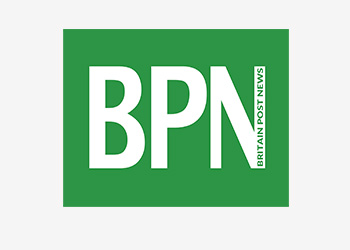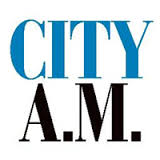Headache for Bank of England as inflation falls to lowest in a year


Inflation fell significantly faster than expected by economists in March to hit its the lowest in a year, in a development which gives the Bank of England a "headache" as it looks to raise interest rates at its May meeting.
The consumer prices index (CPI) fell to 2.5 per cent, while the measure including housing costs (CPIH) fell to 2.3 per cent, according to data published today by the Office for National Statistics.
Slowing price rises for women's clothing and tobacco were the main contributors to the disinflation, although the ONS noted that some of the effect came from changes to the timing of the Budget.
Nevertheless, economists had expected inflation to stay steady at the 2.7 annual rate hit in February. Sterling fell by as much as 0.7 per cent against the US dollar in the immediate aftermath of the data, with a pound buying less than $1.42, after hitting highs of $1.4315 earlier in the day.
The lower than expected figure will give a "headache" to the monetary policy committee (MPC) at the Bank of England, according to Ed Monk, associate director for personal investing at Fidelity International.
“The May MPC decision just became much tighter," he said. "While still above target, the [downward] trend seems clear. Yet the Bank appears intent on tightening in response to rising wages."
Inflation has fallen from a peak at 3.1 per cent in November – outside the Bank of England's target range of one percentage point deviation either side of two per cent – after the devaluation of sterling following the Brexit vote fed through to higher prices.
The fall in inflation, which has coincided with a rise in wage growth, has raised the prospect of an end to a year of sustained real wage squeezes. Yesterday the ONS confirmed that real wages rose in the year to February as wages both including and excluding bonuses rose by 2.8 per cent.
The end of the inflationary squeeze may allow the Bank more breathing space to tighten monetary policy, although the prospect of fiscal measures coming in this month may add pressure on consumers' pockets from a different source.
Market expectations show the Bank is almost nailed on to raise bank rate in May, following its previous rate rise – the first in a decade – in November. That would likely leave bank rate at 0.75 per cent.
However, the lower than expected inflation reading could give some members pause for thought. Doves on the committee have previously questioned whether there is truly an uptick in underlying inflation, as opposed to the devaluation raising import prices.
[contf] [contfnew] 
CityAM
[contfnewc] [contfnewc]

